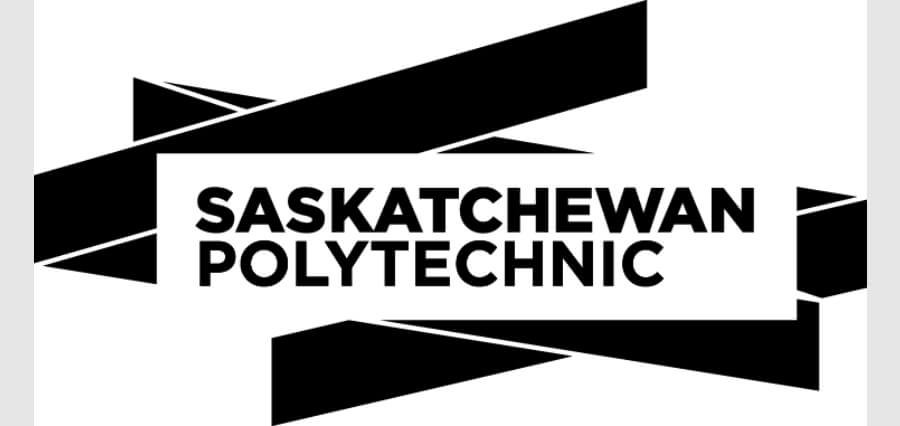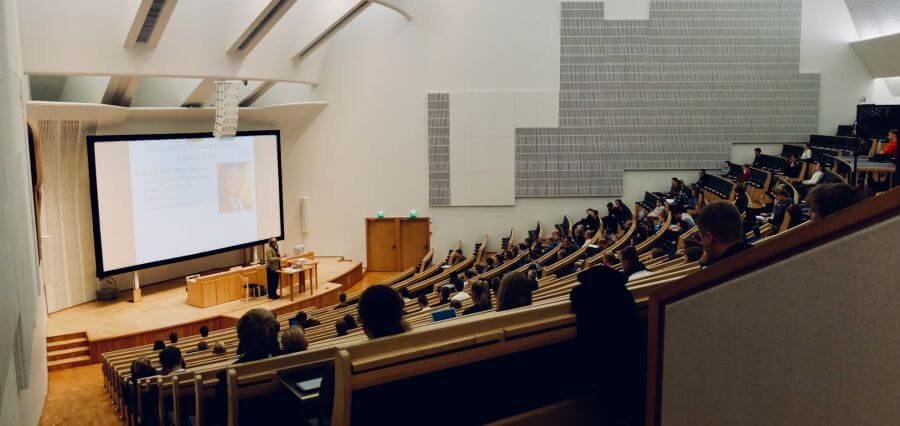School students need to learn mathematics, but it is not necessarily an easy subject to teach. The following strategies can be employed in teaching mathematics:
Explicit instruction
Explicit instruction clearly and directly tells students what they need to do and how to do it in an organized manner. This process involves guiding students by asking relevant questions, the teacher solving sample problems, and having students attempt to solve problems on their own. Students then work independently, check their answers, and review difficult problems.
Cooperative learning
Cooperative learning divides the class into smaller groups in which students can learn by discussing and working together to solve problems. This should not be the first activity when students enter the classroom, as they may not be focused yet and might end up chatting instead of working.
Flipped classroom
A flipped classroom is when students do at home what they usually do at school, such as acquiring facts about the material, and then do at school what they typically do at home, such as applying the learning. The idea is for students to engage in self-study at home about the next day’s material, possibly using books or videos, and then have discussions, solve problems, and engage in other forms of application at school the next day.
Use repetition to build knowledge
Although it is the primary strategy on this list, it remains very popular in early mathematics education. Through repeated practice, early learners are able to develop skills such as anticipation, prediction, and cause-and-effect reasoning.
Counting
Counting is one of the most common activities in teaching early mathematics skills. Due to its prevalence, it can be considered a strategy. Instead of counting by rote, it is better to develop a sense of quantity. Counting is reinforced in many literacy lessons, as well as in everyday life situations.
Engage in hands-on activities
Abstract mathematical concepts can be challenging for early learners to grasp. Engaging in activities using manipulatives, blocks, relational rods, or clay helps in visualizing these concepts. These methods of learning mathematics are the first step in the concrete, representational, and abstract approach to mathematics education.
Using visuals for engagement and exploration
Using colorful animations, engaging sound effects, and songs helps engage students in learning. While static images are useful for presenting mathematical concepts, animated visuals with sound are even better. They support deeper thinking about the mathematical concepts in which students are involved.
Studying in the right environment
They need to be able to think deeply to learn mathematics. A noisy environment creates obstacles to their focus and distracts them from concentrating on the problems at hand.
References









